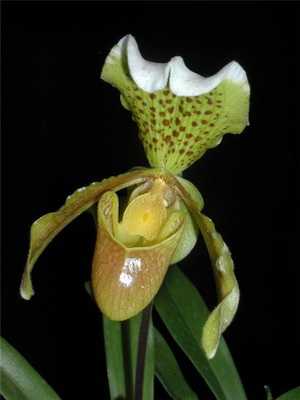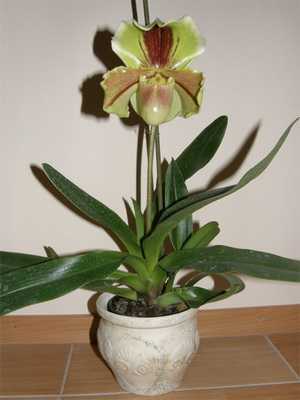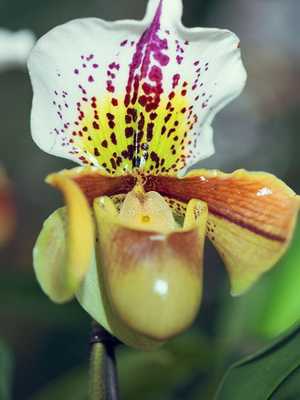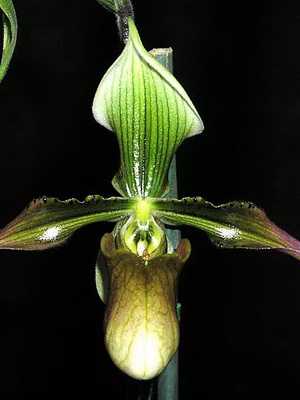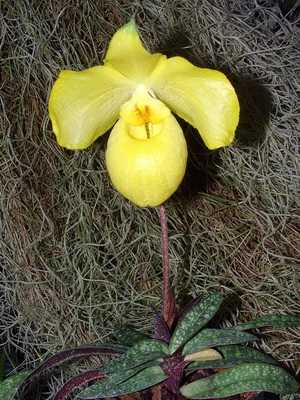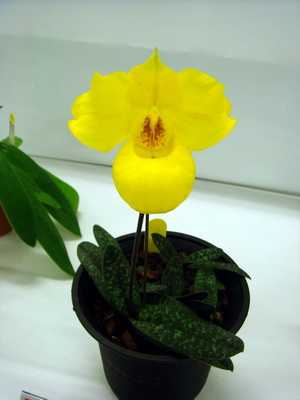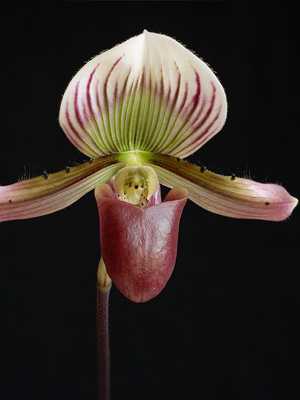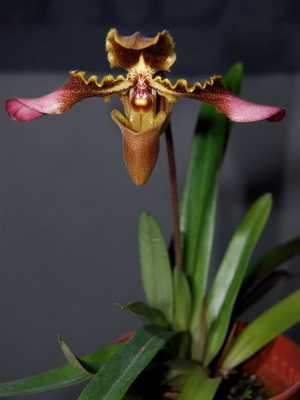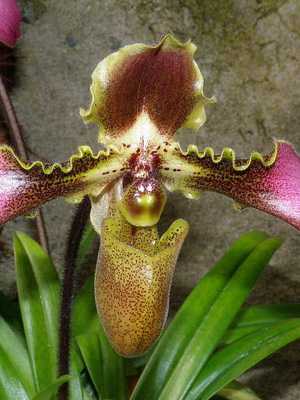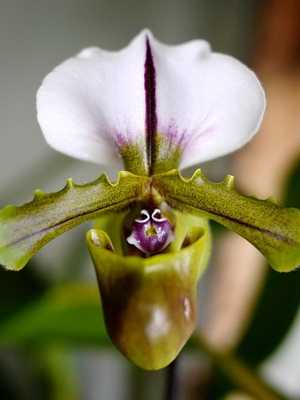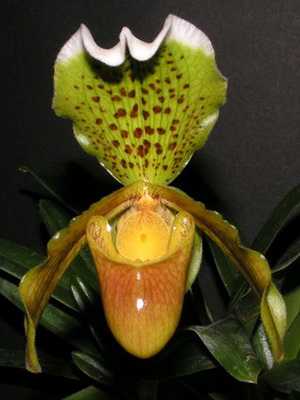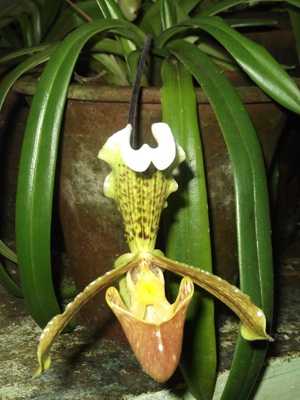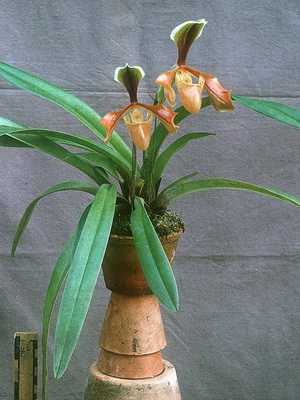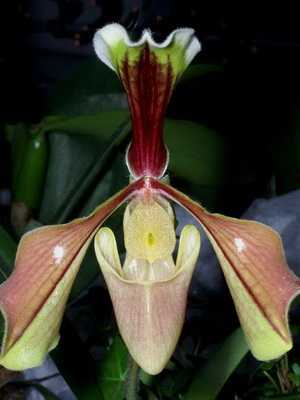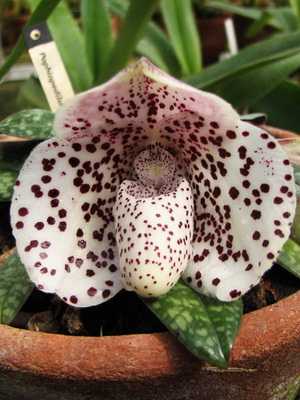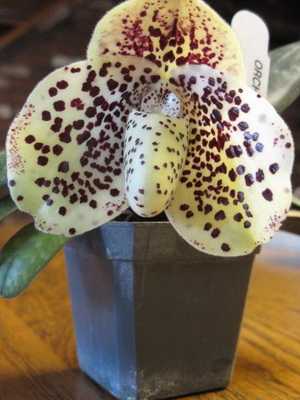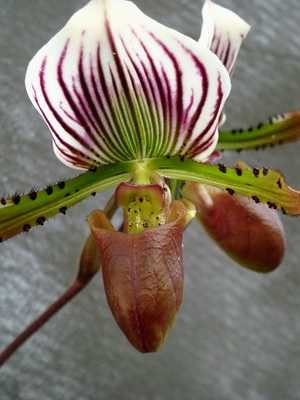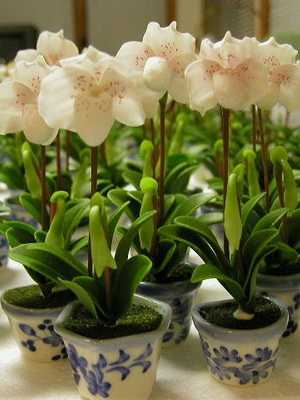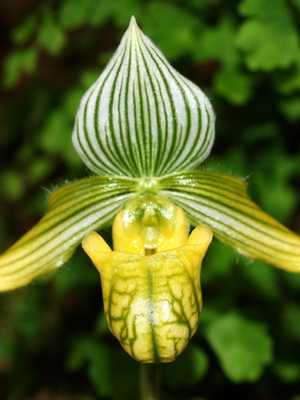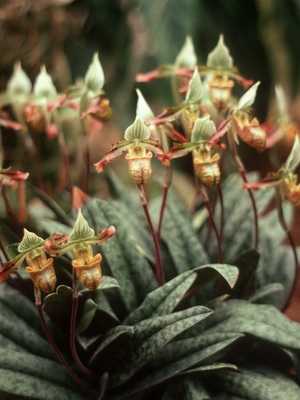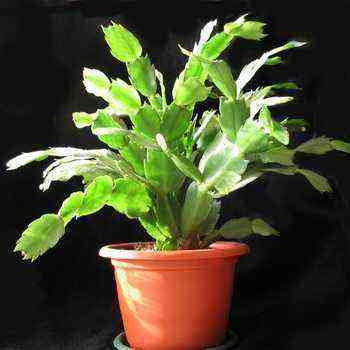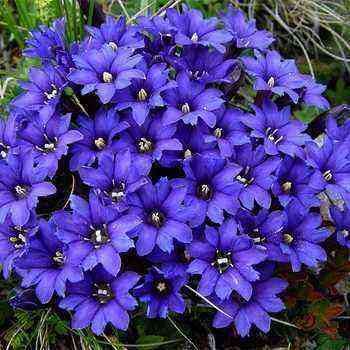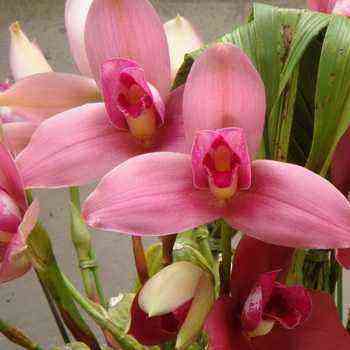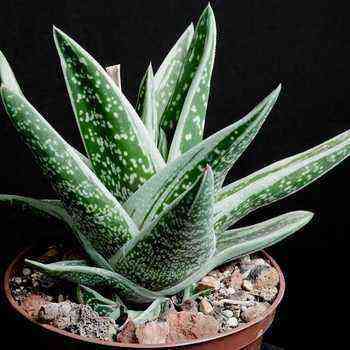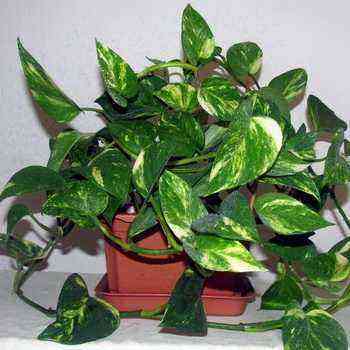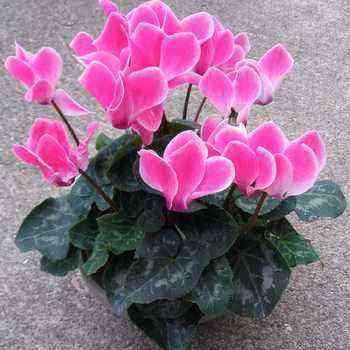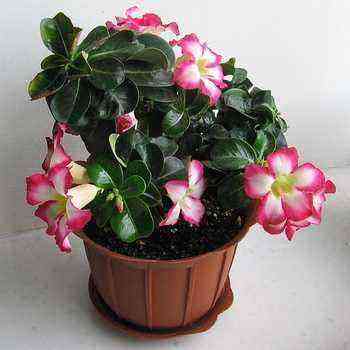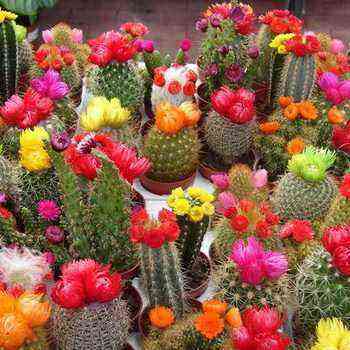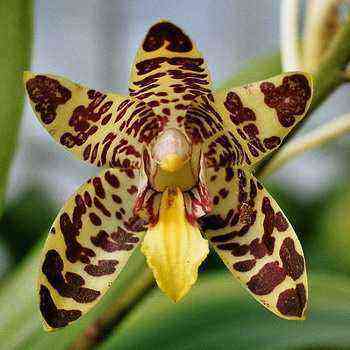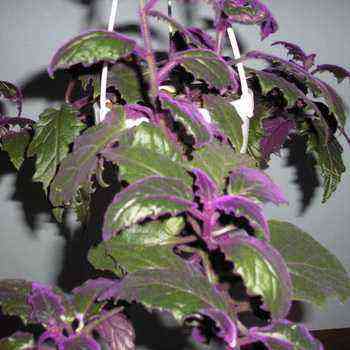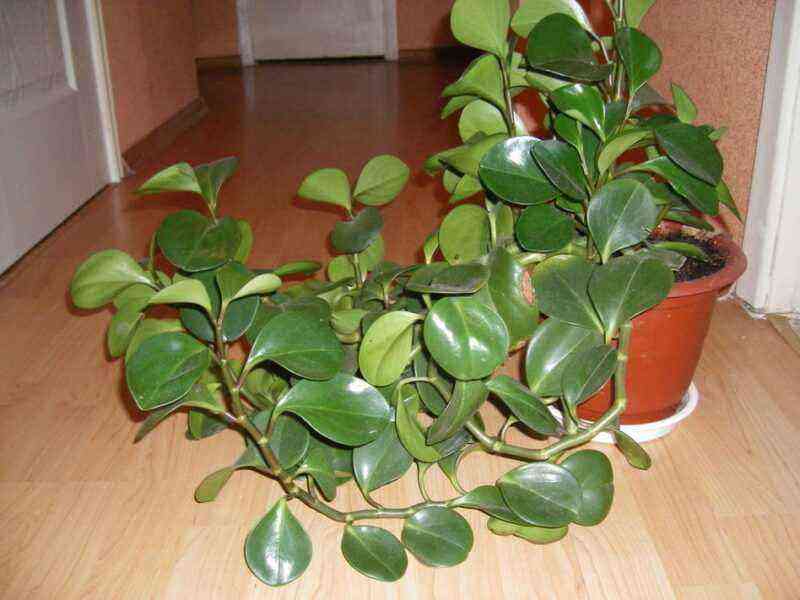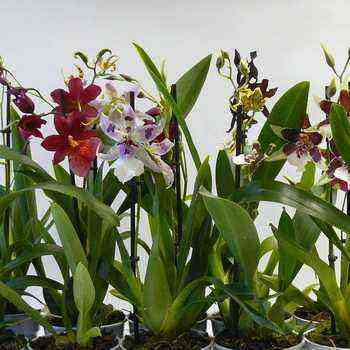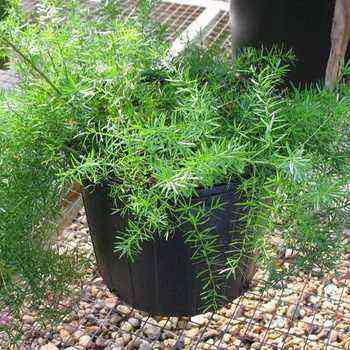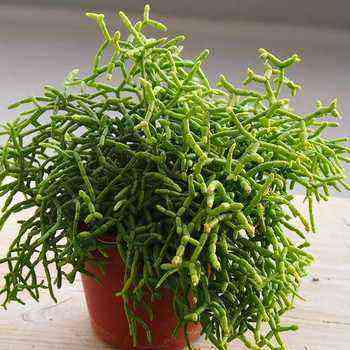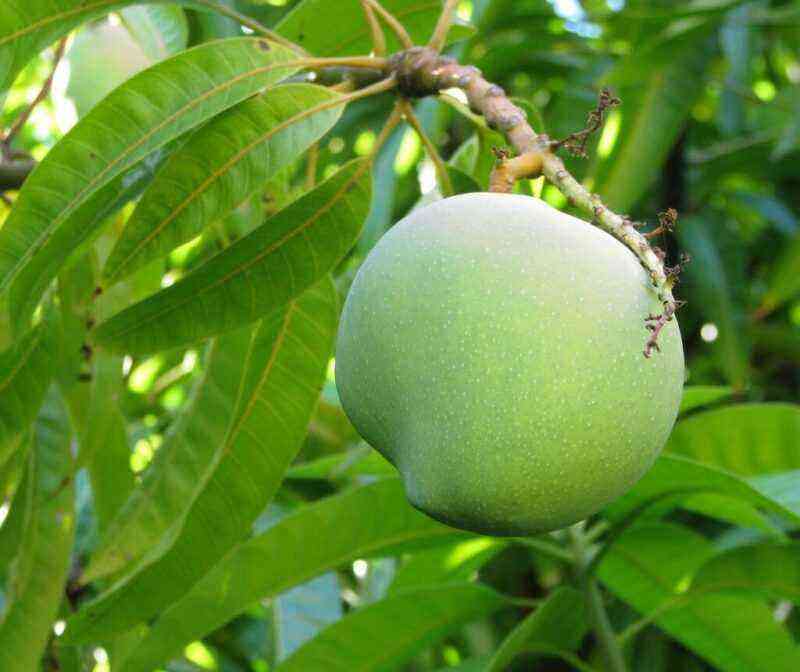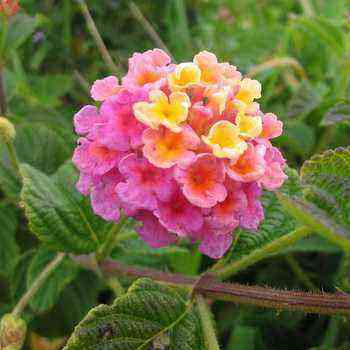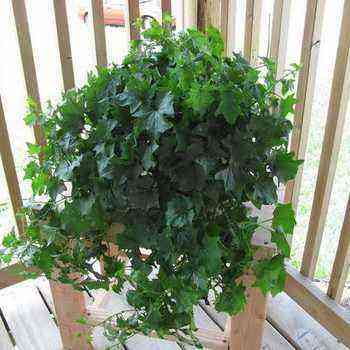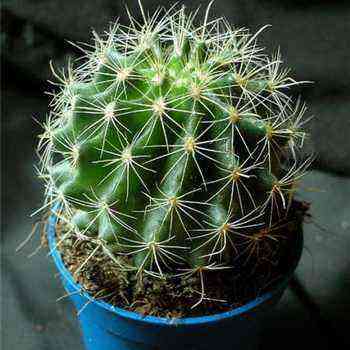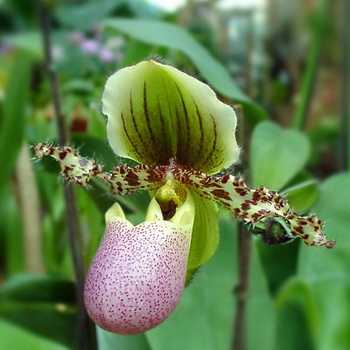
This is an unusual plant, a distinctive feature of which is the flowers in the shape of a shoe. Previously, all shoe orchids belonged to one genus Cypripedium, which was then divided into four: Cypripedium, Paphiopedilum, Phragmipedium, Selenipedium. The names of all four genera are translated into Russian in about the same way as “Venus’s shoes”.
About 40 species belong to the genus Cypripedium, about 60 species belong to the papiopedilum, and 25 to the phragmipedium. Papiopedilums perfectly interbreed within the genus, therefore more than 1000 interspecific hybrids are widespread in culture.
Types of home orchid Venus slipper (Paphiopedilum)
The name of the plant is associated with the name of the goddess of love and beauty (from the Greek Paphia – one of the names of the goddess Venus, pedilon – “shoe”, “slipper”). The sac-shaped lip of an orchid resembles a shoe, because the Russians call the papiopedilums “Lady’s Shoes”, the British call them “Shoes”, and the Americans call them “Moccasin Flowers”.
Paphiopedilums are epiphytic and semi-epiphytic plants common in the tropics and subtropics of Southeast Asia, the greatest species diversity is presented on the border of South China and North Vietnam.
As you can see in the photo, the Papiopedilum orchid is a plant without pseudobulbs, with a rosette of evergreen leaves and with a single waxy flower.
Some types of orchid Paphiopedilum have oblong green leaves with an original bright pattern. The lower surface is often covered with purple dots. The roots of the shoes are brown and pubescent.
Flowering occurs depending on the species: in pafiopedilums with monochromatic leaves, buds ripen at the end of winter and in spring, and their variegated counterparts bloom in the summer-autumn period. Types and varieties of papiopedilum are divided into one-flowered – revealing 1-2 flowers on a peduncle; multi-flowered – with inflorescences of three or more flowers; “Revolving” – each new flower is formed in place of the old.
Look at the photo: the lady’s slipper orchid most often has red, yellow and green shades. Flowers retain their freshness for 2-3 months.
Appleton’s Papiopedilum (Appleton) (Paphiopedilum appletonianum) Is a fairly large orchid that grows in nature in China, Vietnam, Thailand, Cambodia and Laos. The flower is large, fragrant green-lilac, up to 10 cm in diameter. Flowering begins in spring. Leaves are sessile, belt-like, rigid, rounded at the end, with a marble pattern.
Paphiopedilum apricot (Paphiopedilum armeniacum) – a very unusual type of Lady’s shoe with yellow flowers with an orange core. There is also a rare variety with white flowers. Leaves are spotty, up to 15 cm long. Growing is common for this genus. This species was first described in 1982.
Paphiopedilum bearded (Paphiopedilum barbatum) – a popular and long-standing in culture slipper. Among breeders, he is also known for being one of the parents of the first artificial hybrid – “Harrisianum”, created in 1869.
The leaves of the species do not exceed 20 cm in length, with a marble pattern, and the peduncle bears one flower (up to 8 cm in diameter), the color of which is dominated by purple-red tones. Upper sepal white with 15 purple stripes; lateral petals are dark red (sometimes with whitish ends). The lip is dark red. Blooms in spring.
Paphiopedilum hairy (Paphiopedilum hirsutissimum) – a plant with not very wide green leaves and strongly pubescent peduncles, especially beautiful on the first day of blooming. At the beginning, its petals expanding at the ends look even, and after a few hours they become corrugated in the upper third.
Spicer’s Papiopedilum (Paphiopedilum spicerianum) – a popular species in hybridization, originally from North India. It looks like a hairy papiopedilum, but its petals are shorter.
Pafiopedilum is wonderful (Paphiopedilum insigne) – species, originally from the Himalayas. Leaves are linear, green, up to 25-30 cm long. This is a winter-flowering species: flowering begins in September and continues until February next year. A species with a not very long peduncle and a greenish fragrant flower. This species has many varieties, differing in the size and color of the flowers. The culture requires cool content.
Paphiopedilum coarse-haired (Paphiopedilum villosum) – a species common in India and Indonesia. It can grow as an epiphyte, lithophyte, or as a terrestrial plant. This species blooms from autumn to spring. Hairy peduncles, up to 30 cm high, bear one flower each. In a typical specimen, the upper sepal is brownish green with a white margin. The petals are buffy brown. The lip is painted in pale reddish-brown tones and is covered with thin veins.
Paphiopedilum pretty (Paphiopedilum bellatulum) Is an orchid native to Burma, Thailand and China. It grows on moss-covered limestone cliffs at an altitude of 250 to 1500 m above sea level. Plants of this species were first found at the end of the 15th century. in Burma. Leaves are spotty, up to 1 cm long. The peduncle bears 2-8 white flowers with crimson specks, 10-XNUMX cm in diameter. Flowering begins in April.
Lawrence’s Paphiopedilum (Paphiopedilum lawrenceanum) – an orchid originally from about. Borneo. The name of this species is associated with the name of T. Lawrence – President of the Royal Horticultural Society and an orchid collector. Peduncle with one flower, up to 30 cm in diameter. The upper petal is white with dark longitudinal stripes. Sepals are green with reddish tips and “moles” along the edges, the lip is brownish-red. Flowering occurs in spring. Leaves with a light marbled pattern do not exceed 15 cm in length. The species is relatively easy to culture.
Pafiopedilum snowy, or snow-white (Paphiopedilum niveum) – a species with elongated leaves with a marble pattern, up to 15-20 cm long. Peduncle 15-20 cm high, bears 1-2 white, fragrant flowers, up to 8 cm in diameter. Flowering begins in summer. In culture, it requires warm content. Less than other species of the genus need additional feeding.
Paphiopedilum is beautiful, or adorable (Paphiopedilum venustum) – Leaves are variegated, with well-defined spots. Flowering begins at the end of winter. Peduncle 15-20 cm high, bears a single flower, up to 15 cm in diameter. Petals are greenish-orange with large black dots and dark green veins. The lip is helmet-shaped, shiny, orange, with green streaks. Homeland – Himalayas. They are also grown as wonderful pafiopedilum.
Orchid Care Venus Slipper
Paphiopedilums can be kept in potted culture on windowsills. Different types of paphiopedilum prefer cool, moderate or warm conditions. Variegated species, as well as species and hybrids with rounded large flowers, are thermophilic. Orchid care The lady’s slipper of tropical species must be kept at a temperature of + 20 … + 22 ° C. In summer, especially at night, the room with the plant must be ventilated. For placement, a well-lit, sunny place is chosen, with shading at noon hours; in winter, artificial supplementary lighting is useful (12 hours a day). In summer, it is recommended to keep the plants outdoors in the home.
Watering is uniform and moderate; the substrate should dry out between waterings. In winter, after the flowering of the indoor Venus shoe, watering and humidity are reduced. During the heating season, when caring for the Pafiopedilum orchid, it is recommended to use a humidifier instead of spraying.
During growth, regular feeding is required every two months. After 2-4 years, the plant must be transplanted into fresh soil. Indoor plants The lady’s slipper is usually grown in ceramic or plastic pots, the top of which is wider than the bottom. This is necessary so that during transplantation it is possible to remove the plant from the dishes without damaging its fragile roots. Venus’s shoes are planted in containers, in a mixture of bark and peat (2: 1) with the addition of dolomite flour.
Paphiopedilums are propagated by dividing the bush. When dividing, make sure the outlets are rooted.

